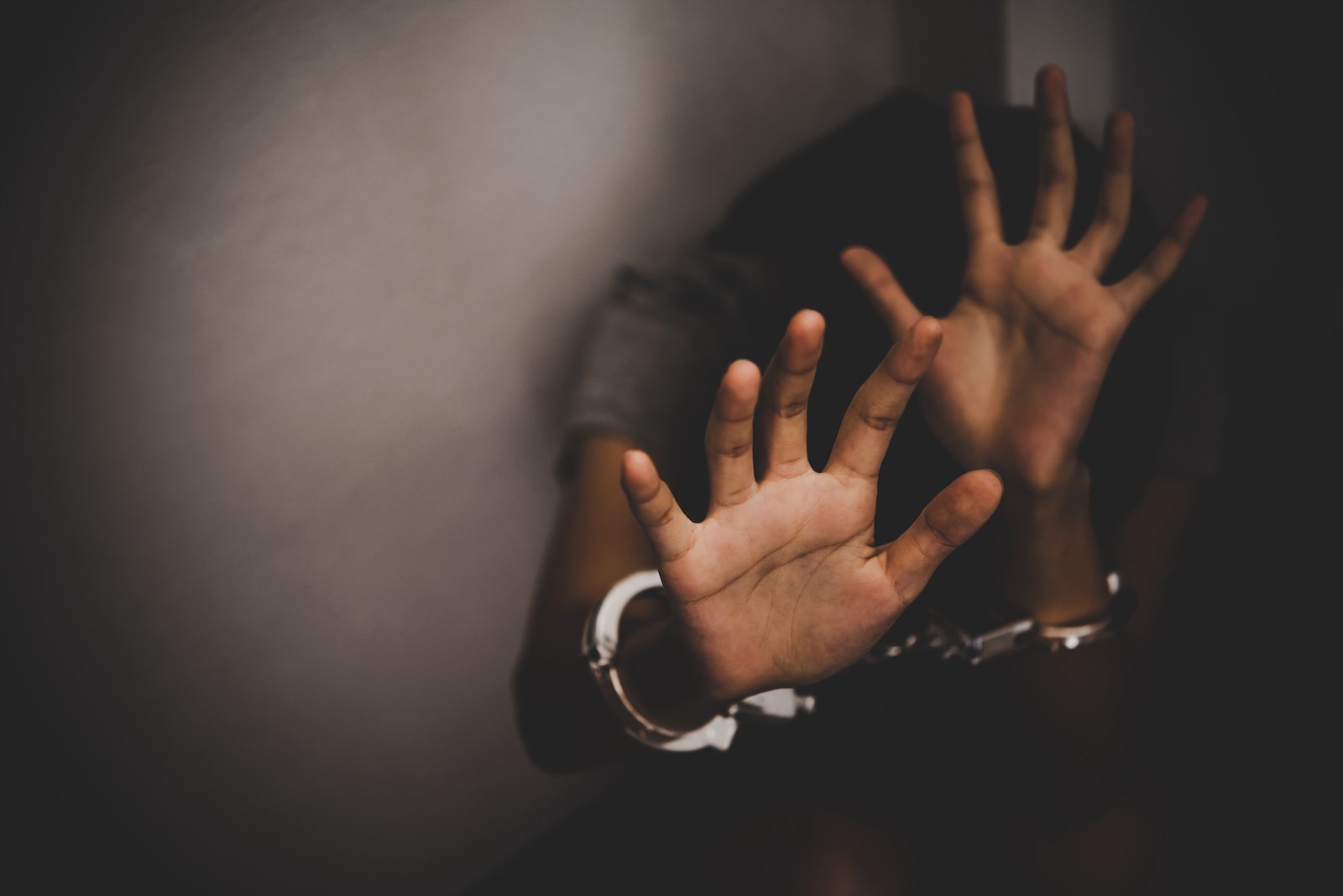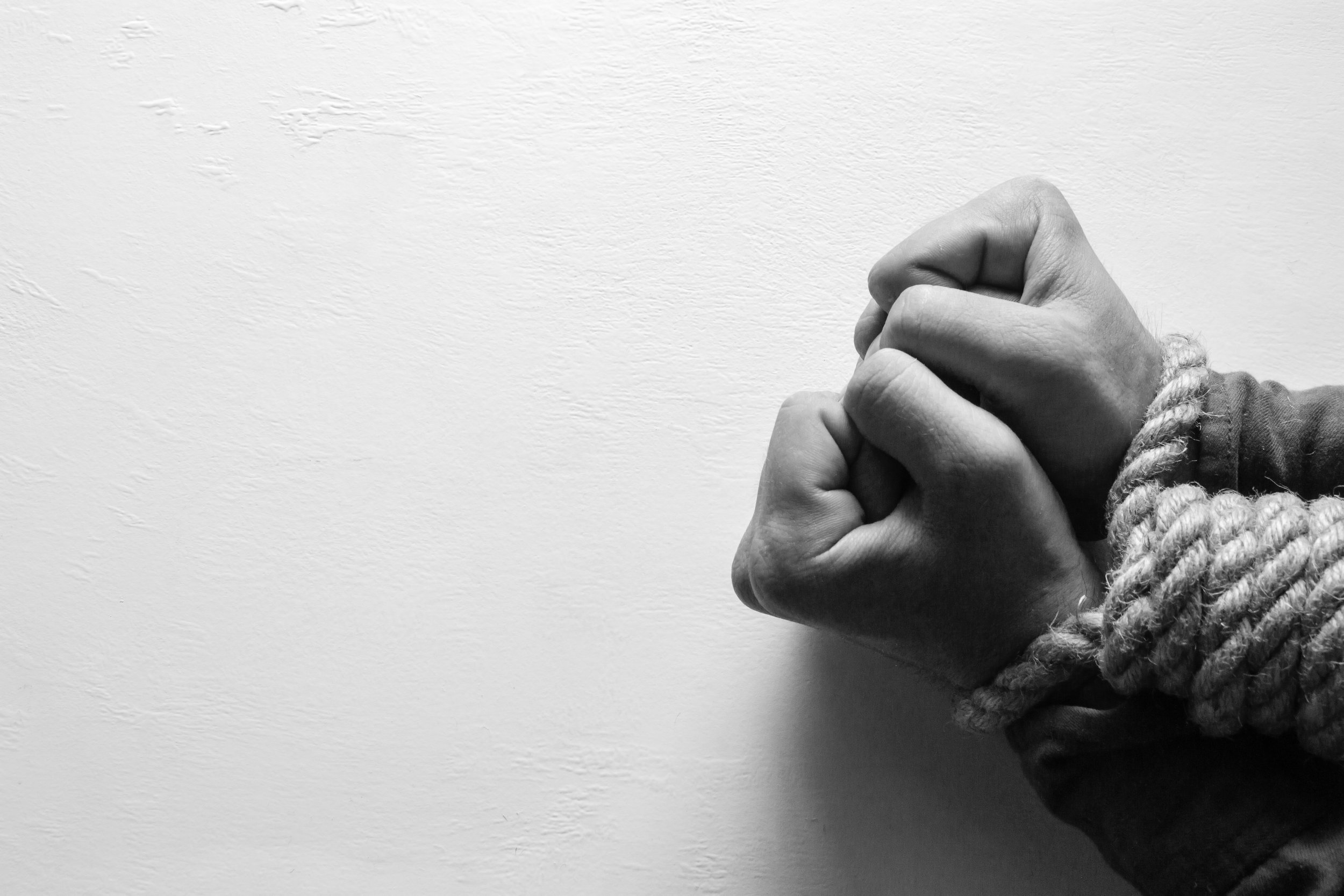
human trafficking is the act of exploiting a person with the use of force, coercion, or fraud, in exchange for an item of value.
it is modern slavery.
understanding the terms

The most common form of human trafficking worldwide is sexual exploitation (approx. 79%)*. The majority of those being trafficked are female.

the IMPACT
2 out of every 3 victims of trafficking are female
20% of trafficking victims are children
Less than 5% of predators will be prosecuted**
*source: www.UNODC.org
**source: www.etactics.com
facts vs myths
-
MYTH: Traffickers are more often than not a person who has made contact or established some sort of relationship with the victim. Traffickers often use tactics such as establishing trust, leaning into a persons vulnerable state of being, and then coercing them into a position of trafficking.
-
FACT: The law ends up prosecuting only around 5% of traffickers. Due to the complexity of the industry, most traffickers are typically operating under the radar. This makes it extremely difficult to prosecute against. In addition, trafficking victims are not always likely to identify as the victim of a crime, as they will place blame upon themselves. A large portion of human trafficking involves, or starts off with, psychological manipulation.. and traffickers rely on this for the victim to feel compliant.
-
MYTH: Human trafficking is happening in every single zip code of Tennessee and the United States. It’s happening everywhere.
-
MYTH: Not all commercial sex is trafficking. If prostitution is taking place without the presence of force, coercion, or fraudulent promises, there is no trafficking.

An individual may be more likely to be targeted for trafficking if they:
Have unstable living conditions
Have previously experienced abuse or trauma
Are facing extreme economic hardships
Have a history of substance abuse (or a caregiver who has a history substance abuse)
Have run away from home
They have subpar living conditions
They have a history with frequent STIs or abortions
They are disconnected from family or friends
They have stopped attending school or important functions
They may be disoriented or confused
They may be showing signs of mental or physical abuse
Various bruising, marks, or scars
Timidity to those around
Lacking personal hygiene practice
Avoiding eye contact, social interaction, or forms of authority
Signs that an individual may currently experiencing trafficking may be:

resources
If you are in immediate danger, contact National Human Trafficking Hotline, call (888) 373-7888 or text HELP to 233733.
If you believe a child may be involved in a trafficking situation: Call the National Center for Missing and Exploited Children (800) 843-5678
Report an incident HERE: https://report.cybertip.org

Are you ready to Stand Up against human trafficking? Head on over to join the fight and learn more about ways you can get involved!




